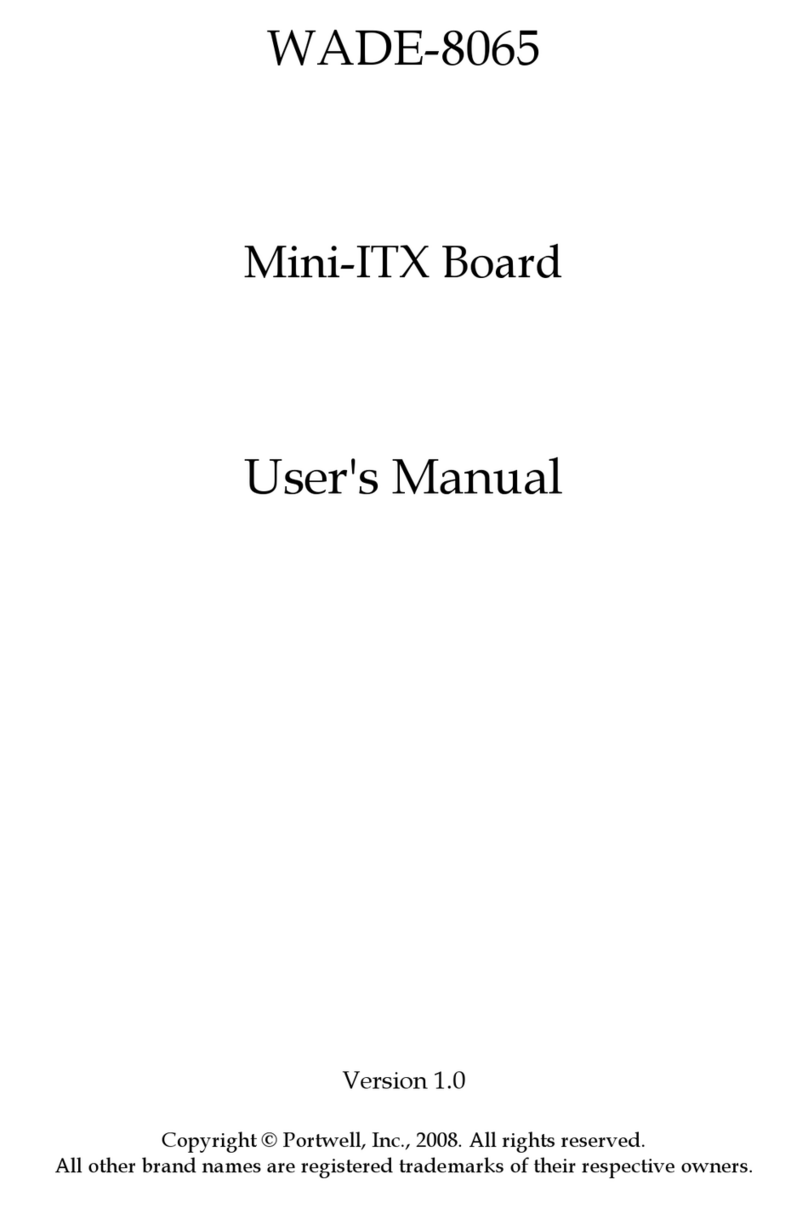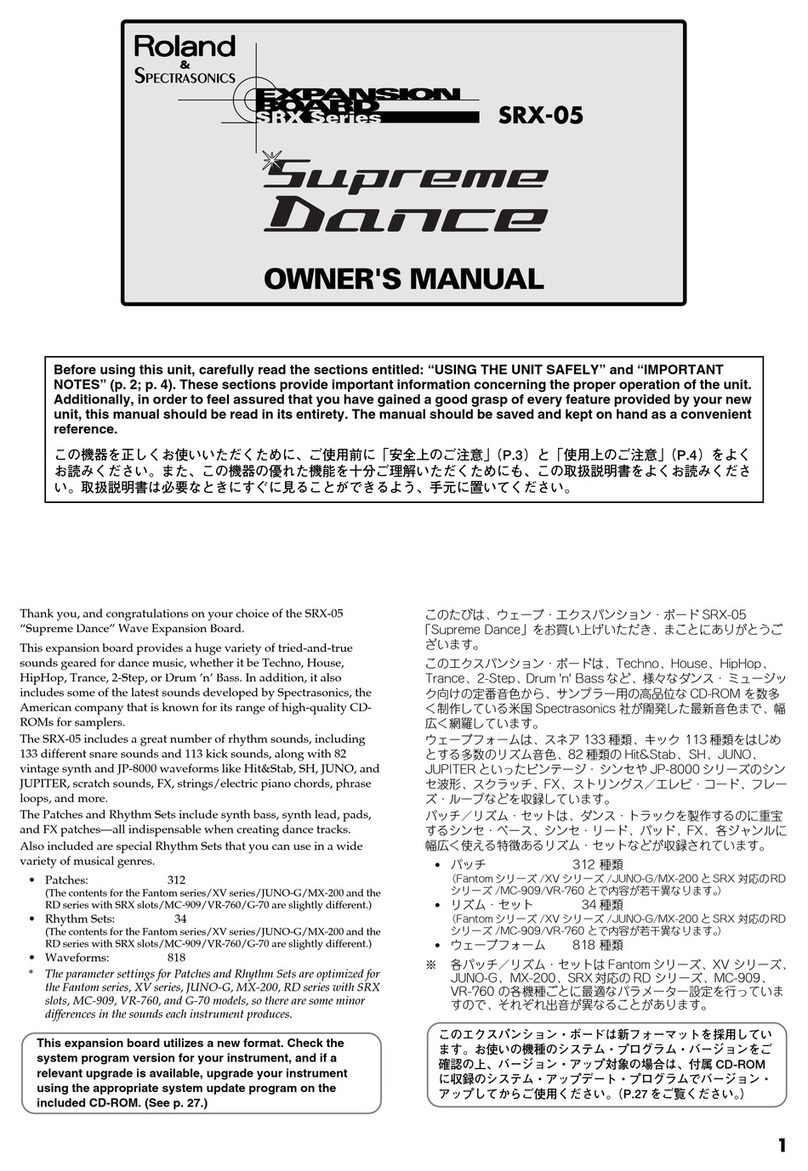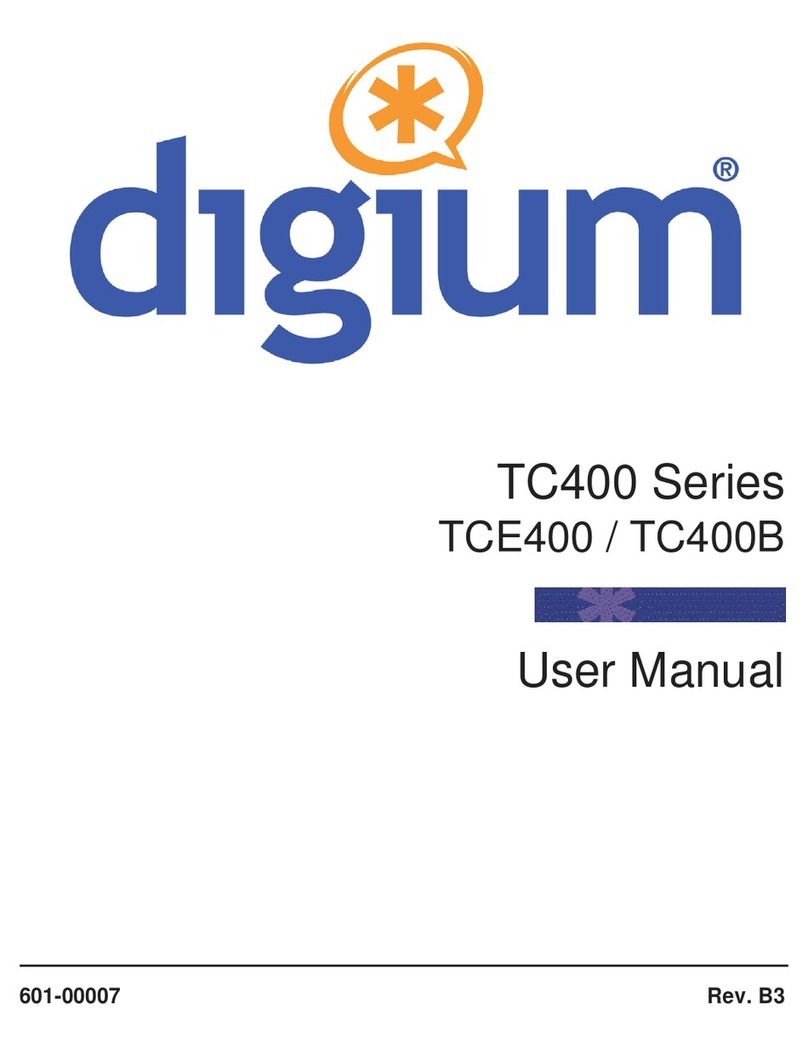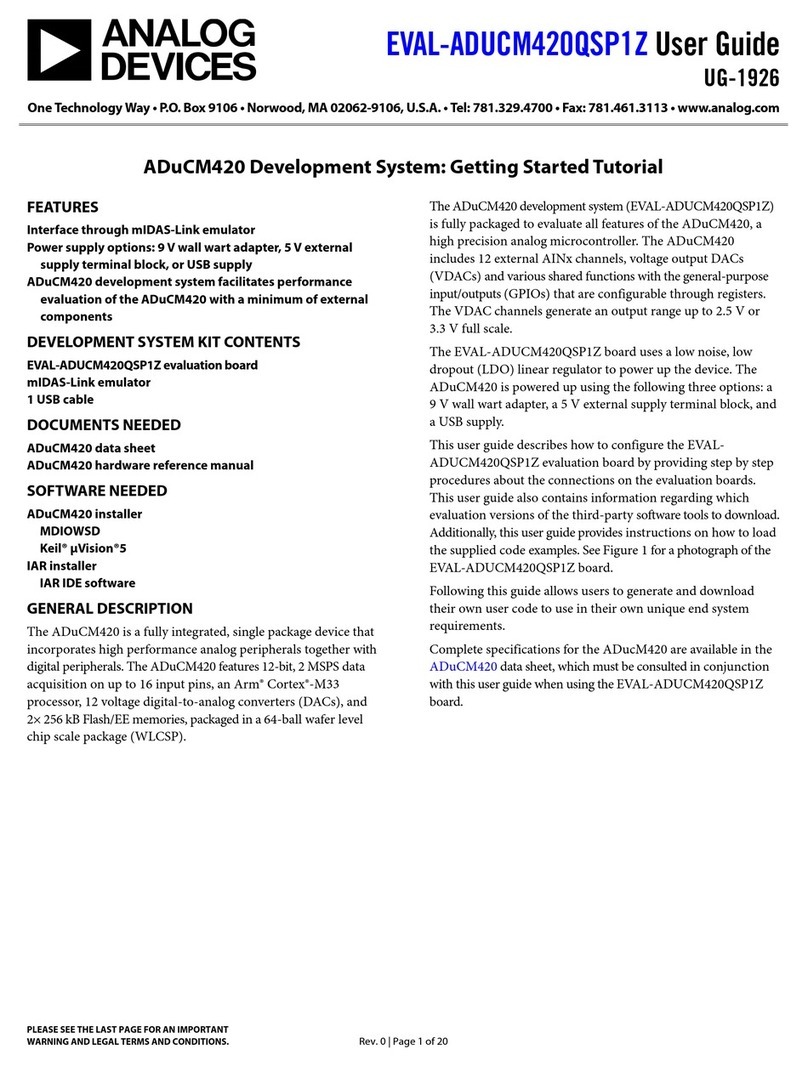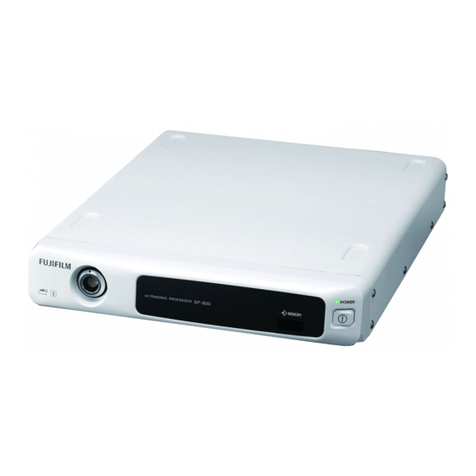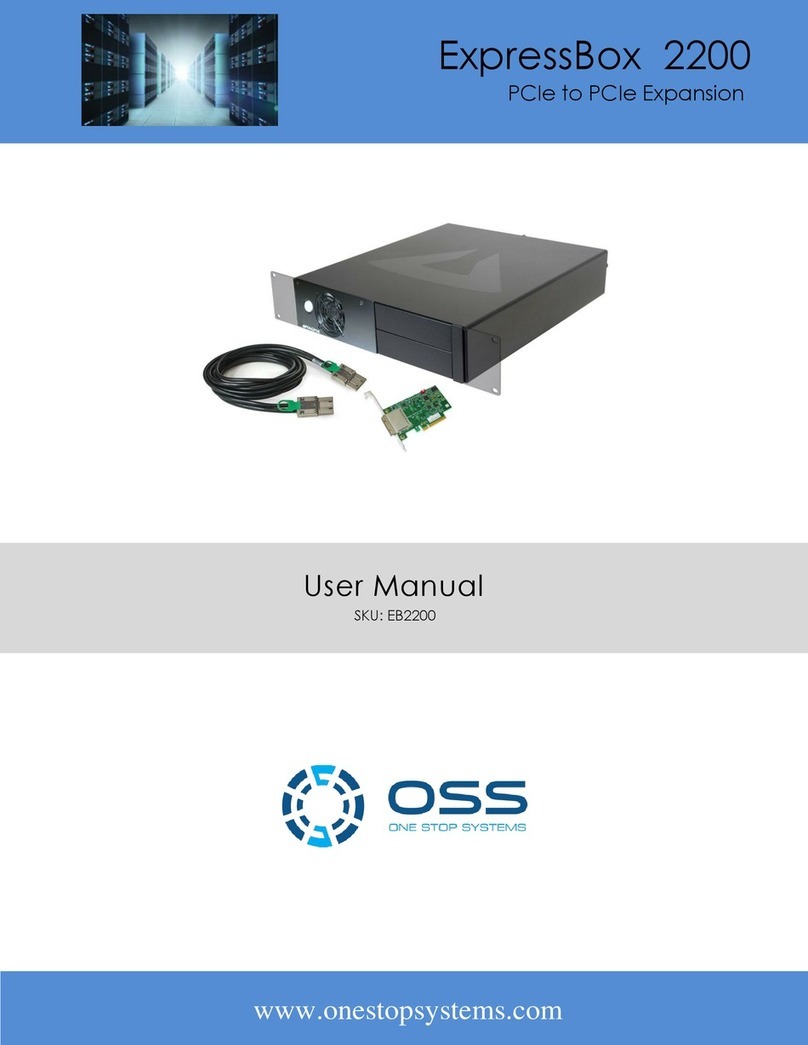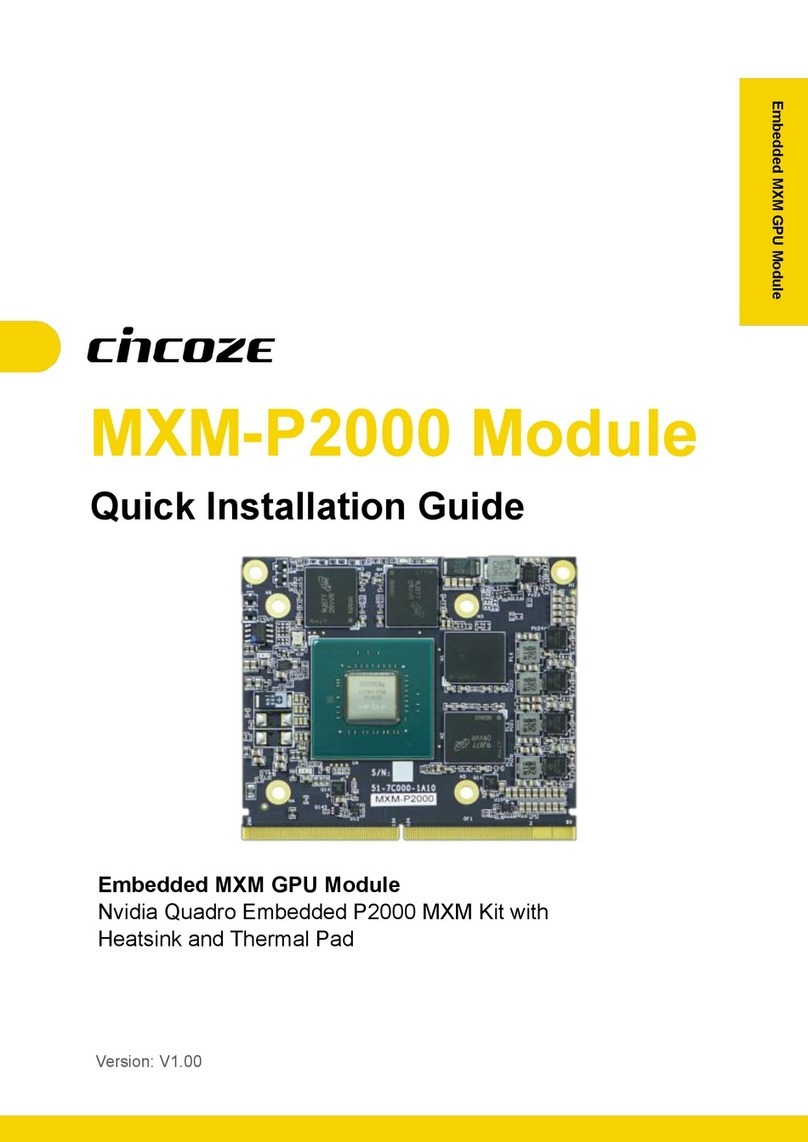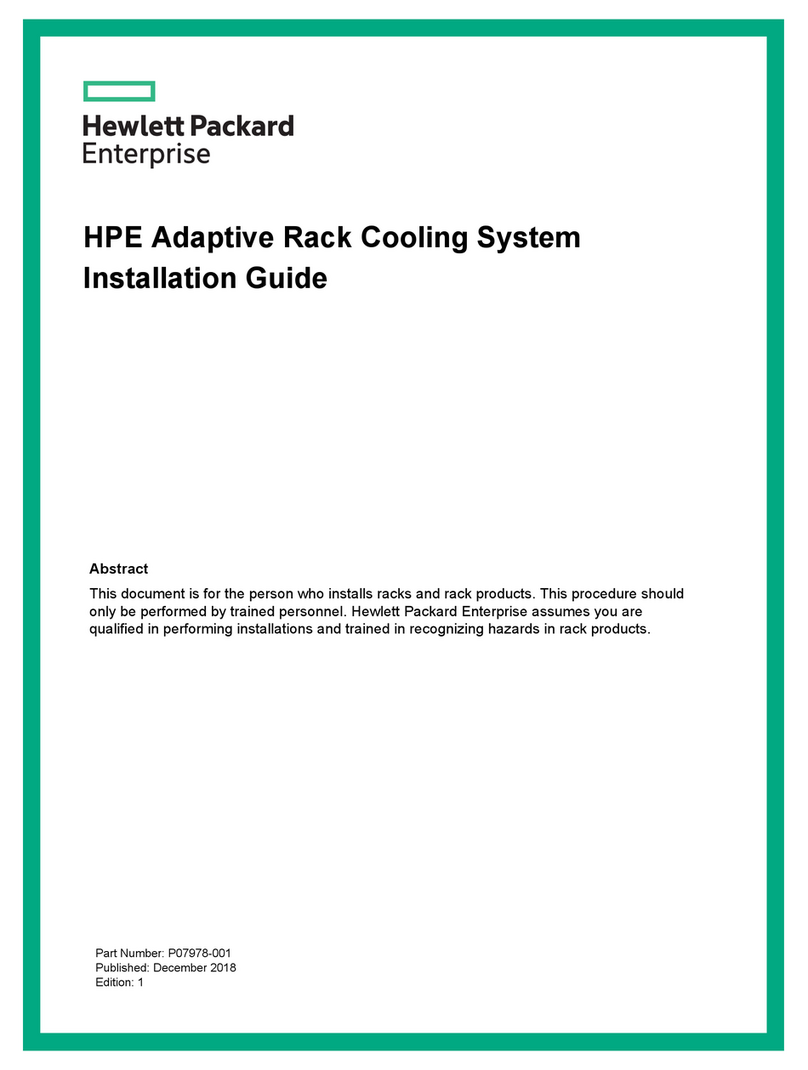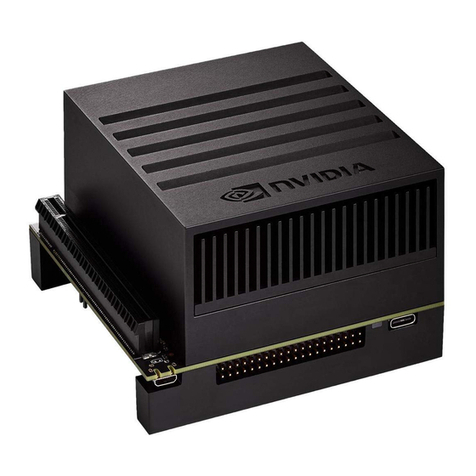Nordic Semiconductor nPM1300 User manual

nPM1300 EK Hardware
v0.9.0
User Guide
4490_387 / 2023-06-28

Contents
Revision history.................................. iv
Environmental and safety notices.......................... v
1Introduction................................... 7
2Minimum requirements............................ 9
3Kit content................................... 10
4Hardware description............................. 11
4.1 Block diagram ................................. 12
4.2 Power supply ..................................13
4.3 Battery temperature monitoring .......................... 15
4.4 Output connections ............................... 15
4.5 I/O pins .................................... 16
4.5.1 LEDs ....................................17
4.5.2 GPIOs ................................... 17
4.5.3 TWI .................................... 18
4.5.4 VSET ................................... 18
4.5.5 SHPHLD .................................. 19
4.5.6 VDDIO ................................... 19
4.5.7 Load switches/LDOs ............................. 20
4.6 Software control ................................ 20
4.6.1 nPM Controller ............................... 20
4.6.2 Software library and sample ..........................21
4.7 Jumpers .................................... 21
4.7.1 VBAT jumper ................................ 21
4.7.2 NTC jumper ................................ 22
4.7.3 Buck startup configuration .......................... 22
4.7.4 VDDIO reference voltage ........................... 23
4.7.5 Load switch configuration ........................... 23
4.7.6 LDO bypass capacitors ............................ 24
4.7.7 LED jumper connections ........................... 24
4.8 Buttons .................................... 25
4.9 nPM Fuel Gauge Board ............................. 25
5Measure current................................ 27
5.1 Use an oscilloscope for current measurements .................... 28
5.1.1 Prepare for VBAT current measurements .................... 28
5.1.2 Prepare for VBUS and VOUT current measurements ................ 28
5.1.3 Measure VBAT, VBUS, and VOUT using an oscilloscope ............... 28
5.2 Use an ampere meter for current measurements ................... 29
5.2.1 Prepare for VBAT, VBUS, and VOUT current measurements ............. 29
5.2.2 Measure VBAT, VBUS, and VOUT using an ampere meter .............. 30
5.3 Use a Power Profiler Kit II for current measurements ................. 31
5.3.1 Measure VBAT current ............................ 31
5.3.2 Measure VBUS current ............................ 32
5.3.3 Measure VOUT1 or VOUT2 current ....................... 33
4490_387 ii

Revision history
Date Description
2023-06-28 First release
4490_387 iv

Environmental and safety notices
Environmental and safety notices for the nPM1300 EK and power supply requirements.
Skilled persons
The nPM1300 EK is intended for use only by skilled persons.
A skilled person is someone with relevant education or experience that enables them to identify potential
hazards and takes appropriate action to reduce the risk of injury to themselves and others.
Electrostatic discharge
The nPM1300 EK is susceptible to Electrostatic Discharge (ESD).
To avoid damage to your device, it should be used in an electrostatic free environment, such as a
laboratory.
Battery replacement
WARNING: Due to the following safety concerns the battery in this product shall only be removed
or replaced by qualified professionals:
• Replacing the battery with an incorrect battery type can cause a fire or explosion.
• Disposing the battery into a fire or hot oven, crushing it mechanically, or cutting it can cause an
explosion.
• Leaving the battery in an environment with an extremely high temperature can cause an
explosion or the leakage of flammable liquid or gas.
• Subjecting the battery to extremely low air pressure can cause an explosion or the leakage of
flammable liquid or gas.
Pay attention to the polarity of the battery connectors. Connecting the polarity the wrong way will cause
the device to become very hot.
Hot surface.
Contact may cause burns.
Do not touch.
4490_387 v

Environmental and safety notices
4490_387 vi

1Introduction
The nPM1300 Evaluation Kit (EK) is a hardware platform used to evaluate the nPM1300 Power
Management Integrated Circuit (PMIC).
Key features
• Dedicated Universal Serial Bus (USB) Type-C connection to power the nPM1300 PMIC
• Battery connectors that support Negative Temperature Coefficient (NTC) connection for battery
temperature monitoring
• Easy access to PMIC voltage outputs through male pin headers and scope probe loops
• No hardware changes needed for measuring key parameters
• Exposed jumper pins to:
• Select VSET configuration (resistor, external, or off)
• Connect to General-Purpose Input/Output (GPIO)s
• Configure load switches or Low-Dropout Regulator (LDO)s
• Connect LEDs
• Onboard nPM Controller circuit for PMIC configuration when connected to a computer
• Plug-and-play connection to nPM PowerUP, a computer app that enables quick evaluation and
implementation of Nordic PMICs
• Evaluate without writing any code or performing any device programming, when used with nPM
PowerUP
• Use with a Nordic Development Kit (DK), or develop your own nPM1300 application
• Use with your own custom hardware, or develop your own nPM1300 application
nPM1300 PMIC
• 800 mA battery charger
• Two 200 mA buck regulators
• Two 100 mA load switches / 50 mA LDOs
• Two-button hard reset
• Fuel gauge
• System-level watchdog and failed-boot recovery
• Intelligent power-loss warning
• Five GPIOs
• Three LED drivers
• Controlled via Inter-integrated Circuit (I2C) compatible TWI
• USB-C compatible
nPM PowerUP
• Computer application to simplify evaluation and implementation of Nordic PMIC applications
• Ability to configure, evaluate, and export all nPM1300 features
• Intuitive user experience for a seamless HW-FW-SW solution
• Battery profiling to generate a battery model for fuel gauging
• Available for download from nRF Connect for Desktop
4490_387 7

Introduction
Known issues with nPM1300 EK v0.9.0
An issue with the nPM1300 PMIC version used on this EK requires the following actions:
•VSYS (P7) should be connected to LSIN2 and LSOUT2 (P15) on the EK using two jumper wires.
Do not use load switch LSOUT2 for any other purpose. Refer to the nPM1300 errata for more
information.
• The buttons connected to GPIOs on the EK are not working as intended when the nPM Controller
is active. When using the buttons with GPIOs, disconnect the nPM Controller and use the EK with a
Nordic DK or external circuit.
4490_387 8

2Minimum requirements
Before you start, check that you have the required hardware and software.
Hardware requirements
•USB Type-C cable with 1.5 A current capability (to power the PMIC)
• USB Type-A to Type-C cable with USB 2.0 High Speed compatibility (to power the nPM Controller)
• Wires (2.54 mm / 0.1'' pitch) for connecting the EK with a Nordic DK, or your own device
• Batteries
The EK supports the following types of batteries:
• Lithium-ion (Li-ion)
•Lithium-polymer (Li-Poly)
• Lithium iron phosphate (LiFePO4)
Software requirements
• nPM PowerUP available from nRF Connect for Desktop
4490_387 9

3Kit content
The nPM1300 EK includes hardware and access to software components, hardware design files, and
documentation.
The kit contains the following:
• nPM1300 Evaluation Board with pre-mounted jumpers
• Information leaflet
Figure 1: nPM1300 EK
Hardware files
The hardware design files including schematics, Printed Circuit Board (PCB) layout files, bill of materials,
and Gerber files for the nPM1300 EK are available on the nPM1300 EK product page.
4490_387 10

4Hardware description
The nPM1300 EK lets you evaluate different functions and features of the nPM1300 PMIC without
extra programming and allows for full configuration flexibility without having to make any hardware
modifications.
Jumpers allow for quick configuration. You can use the jumpers to control the output state of the PMIC
and operation mode of the BUCK regulators and disable parts of the EK. You can change the output
voltages of the regulators and open the full potential of the PMIC using the provided library and sample
code.
The following figures show the hardware drawings of the front and back of the nPM1300 EK.
Figure 2: nPM1300 EK hardware drawing front view
4490_387 11

Hardware description
Figure 3: nPM1300 EK hardware drawing back view
4.1 Block diagram
The block diagram illustrates the nPM1300 EK functional architecture.
4490_387 12

Hardware description
VBUSOUT
VSYS
VOUT1
VOUT2
LSOUT1/
VOUTLDO1
LSOUT2/
VOUTLDO2
LSIN1/
VINLDO1
LSIN2/
VINLDO2
VBUS
CC
VBAT
NTC
GPIO
TWI
LED
VDDIO
nPM1300 EK
4.0–5.5 V
2.3–5.5 V
1.0–3.3 V
1.0–3.3 V
4.0–5.5 V
2.3–4.45 V
1.7–5.5 V
nPM Controller
USB-C
Battery
Computer
LED
TWI
GPIO
VSET
SHPHLD
SHPHLD
VSET
nPM1300
nPM FG
Board
Figure 4: nPM1300 EK block diagram
4.2 Power supply
The nPM1300 EK has a flexible and configurable power supply system to allow testing with different power
sources and to facilitate accurate power measurements.
The EK interface for power delivery to the PMIC is via USB (VBUS) or battery (VBAT). The input voltage
ranges from 2.3 V to 5.5 V, depending on the source.
USB power is the main input source and the source for battery charging. A compatible battery connected
to the EK acts as a complementary power source. The battery powers the EK if no external power source is
connected to USB PMIC on J3, or VBUS on P2.
The USB-C connector, nPM CONTROLLER on J4, powers the nPM Controller and its circuitry when
evaluating the PMIC in the nPM PowerUP computer app.
The following figure shows the power supply options for the nPM1300 EK.
4490_387 13

Hardware description
Figure 5: Power supply options
The following table shows the alternatives for connecting the main and complementary power input
sources on the EK.
Input source Part Connector type Comment
J3 USB-C Only USB power on this connector
Main VBUS
4.0 V to 5.5 V P2 Pin header VBUS on pin 1
J1 JST SM02B
header (2 pins)
Battery without NTC, ground on pin 1
J2 JST SM03B
header (3 pins)
Battery with NTC, ground on pin 1
Complimentary VBAT
2.3 V to 4.45 V
P1 Pin header VBAT on pin 3
Table 1: Options for connecting power input sources
4490_387 14

Hardware description
Note:
• To keep the operating temperature of the EK within safe limits the recommended input current
on VBUS is 1 A.
• The maximum allowed input current on VBUS is determined by the power delivery negotiation
between host and PMIC.
• Pay attention to the polarity of the battery connectors (J1/J2). Connecting the polarity the
wrong way will cause the device to become very hot. The nPM1300 EK uses JST configuration B,
where pin 1 is GND.
• A battery without NTC requires an external 10 kΩ resistor to be terminated to GND on the NTC
pin on pin header P3.
Hot surface.
Contact may cause burns.
Do not touch.
4.3 Battery temperature monitoring
The nPM1300 PMIC has battery temperature monitoring via NTC thermistors, available on different
connectors on the EK.
When using a battery pack with an integrated NTC thermistor, use battery connector J2. Leave NTC pin on
P3 unconnected.
When using a battery pack without an integrated NTC thermistor on J1 or header P1, use an external 10
kΩ resistor instead of a thermistor. See further details in NTC jumper on page 22.
If there is no NTC thermistor in the battery pack and a 10 kΩ resistor is not connected between NTC and
GND on P3, charging will not occur, and the charging LED (CHG) will not light up.
4.4 Output connections
The regulated outputs, VOUT1 and VOUT2, and the unregulated outputs, VBUSOUT and VSYS, are
accessible on the nPM1300 EK through pin headers and probe loops.
The connection options are:
• Pin headers—use to power other devices like the nRF5340 DK, nRF5340 Audio DK, or custom
hardware.
• Probe loops—use to test the performance of the nPM1300 PMIC using lab equipment like electronic
load, a Source Measure Unit (SMU), or the Power Profiler Kit II (PPK2).
In addition, the load switches or LDO outputs are available on pin headers. For more information, see Load
switches/LDOs on page 20.
The following figure shows the pin headers and probe loops for the power outputs on the nPM1300 EK.
4490_387 15

Hardware description
Figure 6: Pin headers and probe loops for power outputs
4.5 I/O pins
The nPM1300 EK provides connections to status and control pins of the nPM1300 PMIC, including five
GPIOs available for custom workflows.
All status and control pins on the PMIC are accessible on pin headers. For default I/O pin configuration of
the EK see Jumpers on page 21.
4490_387 16

Hardware description
Figure 7: nPM1300 EK I/O pin headers
4.5.1 LEDs
The nPM1300 PMIC has three programmable LED pins, located on pin header P9.
LED
0
1
2
LED LED0
LED1
LED2
1
2
3
4
P9
Pin List 1x4
Figure 8: LED schematic
The LED pins can sink constant current up to 5 mA. In addition, the pins can be configured in software to
be open-drain connections. The table shows the default settings of the LEDs.
Pin Pin name Default indication mode
1LED0 ERR (error)
2LED1 CHG (charging)
3LED2 HOST (host activity)
4GND N/A (ground)
Table 2: Default function of LED pins
4.5.2 GPIOs
Five GPIOs are available on pin header P12. The GPIOs can be configured using the nPM Controller, or an
external host.
All GPIOs are inputs with weak pull-down by default.
4490_387 17

Hardware description
0
1
2
3
4
GPIO
GPIO
GPIO0
GPIO1
GPIO2
GPIO3
GPIO4
1
2
3
4
5
6
P12
Pin List 1x6
Figure 9: GPIO schematic
Pin Pin name Function
1GPIO0 PMIC GPIO0
2GPIO1 PMIC GPIO1
3GPIO2 PMIC GPIO2
4GPIO3 PMIC GPIO3
5GPIO4 PMIC GPIO4
6GND Ground
Table 3: GPIO pin functionality
4.5.3 TWI
The I2C compatible TWI is used by the host device to control and monitor the nPM1300 PMIC.
The TWI pins are directly accessible on pin header P11.
SDA
SCL
TWI
TWI
VDD_IO
SDA
SCL 1
2
3
4
P11
Pin List 1x4
Figure 10: TWI schematic
Pin Pin name Function
1SDA TWI data line
2SCL TWI clock signal
3VDDIO TWI voltage reference
4GND Ground
Table 4: TWI pin functionality
4.5.4 VSET
The BUCK regulator configuration pins VSET1 and VSET2 are available on pin header P10 (labeled
CONFIG) for custom BUCK startup configuration through compatible resistors values.
4490_387 18

Hardware description
VSET1
SHPHLD SHPHLD
VSET2
2
1
VSET
VSET 1
2
3
4
P10
Pin List 1x4
Figure 11: VSET schematic
The VSET1 and VSET2 pins are only effective at power up. The external resistor (maximum 5% tolerance)
defines the default output voltage setting as found in the following table.
Output voltageResistor value
VOUT1 VOUT2
< 100 Ω (grounded) 0 V (OFF) 0 V (OFF)
4.7 kΩ 1.0 V 1.8 V
10 kΩ 1.2 V 2.0 V
22 kΩ 1.5 V 2.2 V
47 kΩ 1.8 V (RSET1) 2.4 V
68 kΩ 2.0 V 2.5 V
100 kΩ 2.2 V 2.7 V
150 kΩ 2.5 V 3.0 V (RSET2)
250 kΩ to 500 kΩ 2.7 V 3.3 V
Table 5: Output voltage of VOUT1 and VOUT2
Note: When using external VSET resistors remember to disconnect the default VSET jumpers on
pin headers P13 and P14.
4.5.5 SHPHLD
The SHPHLD input pin is available on pin header P10 (labeled CONFIG).
Use SHPHLD pin to exit Ship mode and Hibernation mode. It can also be used to reset (and power cycle)
nPM1300.
VSET1
SHPHLD SHPHLD
VSET2
2
1
VSET
VSET 1
2
3
4
P10
Pin List 1x4
Figure 12: SHPHLD schematic
4.5.6 VDDIO
The VDDIO power input pin is available on pin header P11, pin 3. This is for external voltage input and
sets the reference voltage level for the GPIOs and the TWI.
VDDIO is shown in Figure 10: TWI schematic on page 18.
4490_387 19

Hardware description
Note: The minimum VDDIO voltage is 1.7 V. Any lower voltage can result in lost TWI
communication between host and the nPM1300 PMIC.
4.5.7 Load switches/LDOs
The load switch pins are available on pin header P8. To configure the pins as LDOs add bypass capacitors
by placing a jumper on pin header P16.
LS_LDO
IN1
OUT1
IN2
OUT2
LS / LDO LS_LDO_IN1
LS_LDO_IN2
LS_LDO_OUT1
LS_LDO_OUT2
1
2
3
4
P8
Pin List 1x4
Figure 13: Load switches/LDO schematic
Pin Pin name Load switch LDO
1IN1 LSIN1 VINLDO1
2IN2 LSIN2 VINLDO2
3OUT1 LSOUT1 VOUTLDO1
4OUT2 LSOUT2 VOUTLDO2
Table 6: Load switches and LDOs
For further information on LDOs, see LDO bypass capacitors on page 24.
4.6 Software control
The nPM1300 EK provides connections for easy configuration and evaluation of the nPM1300 PMIC via the
nPM PowerUP computer app available in nRF Connect for Desktop.
4.6.1 nPM Controller
Use the onboard nPM Controller circuit for easy interaction with the nPM1300 PMIC via the nPM PowerUP
app or a terminal.
To enable software control, connect nPM CONTROLLER on J4 to a computer using a compatible USB-C
cable (see Minimum requirements on page 9). To obtain a successful connection with the PMIC, make sure
to power the PMIC first, or perform a power cycle on the nPM Controller.
A green LED (LD4) next to the nPM Controller shows the status of the nPM Controller connection with the
PMIC. LED light patterns and nPM Controller status are shown in the following table.
LED light pattern (LD4) nPM Controller status Actions
Fading on/off Successful connection with
nPM1300 PMIC
Correctly powered PMIC and nPM
Controller. No action needed.
Toggling on/off No connection with nPM1300
PMIC
Incorrectly powered. Check if
PMIC has power, or power cycle
nPM Controller.
Table 7: LED pattern and corresponding nPM Controller status
4490_387 20
Table of contents
Other Nordic Semiconductor Computer Hardware manuals
Popular Computer Hardware manuals by other brands
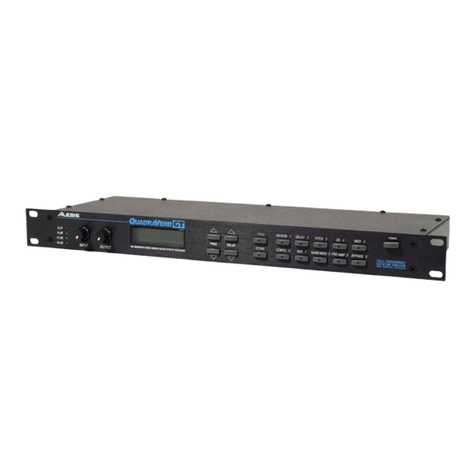
Alesis
Alesis GT Reference manual
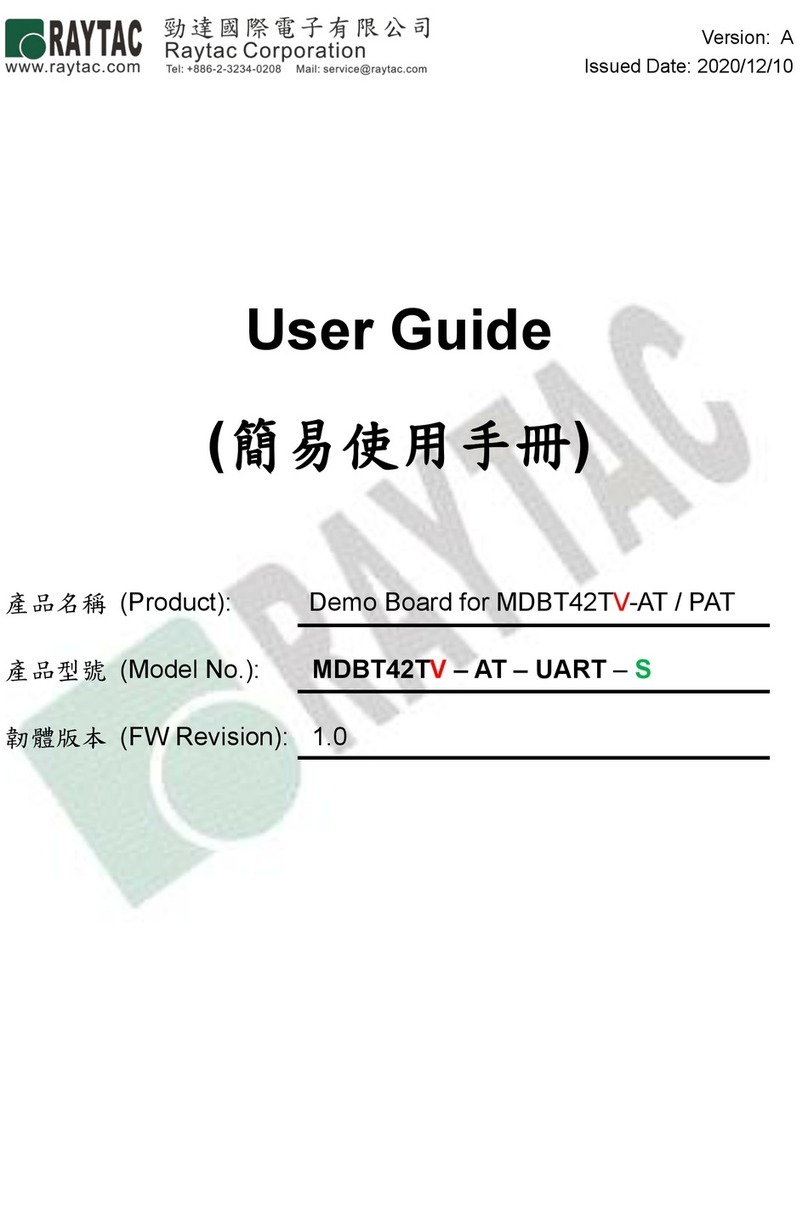
RAYTAC
RAYTAC MDBT42TV-AT-UART-S user guide
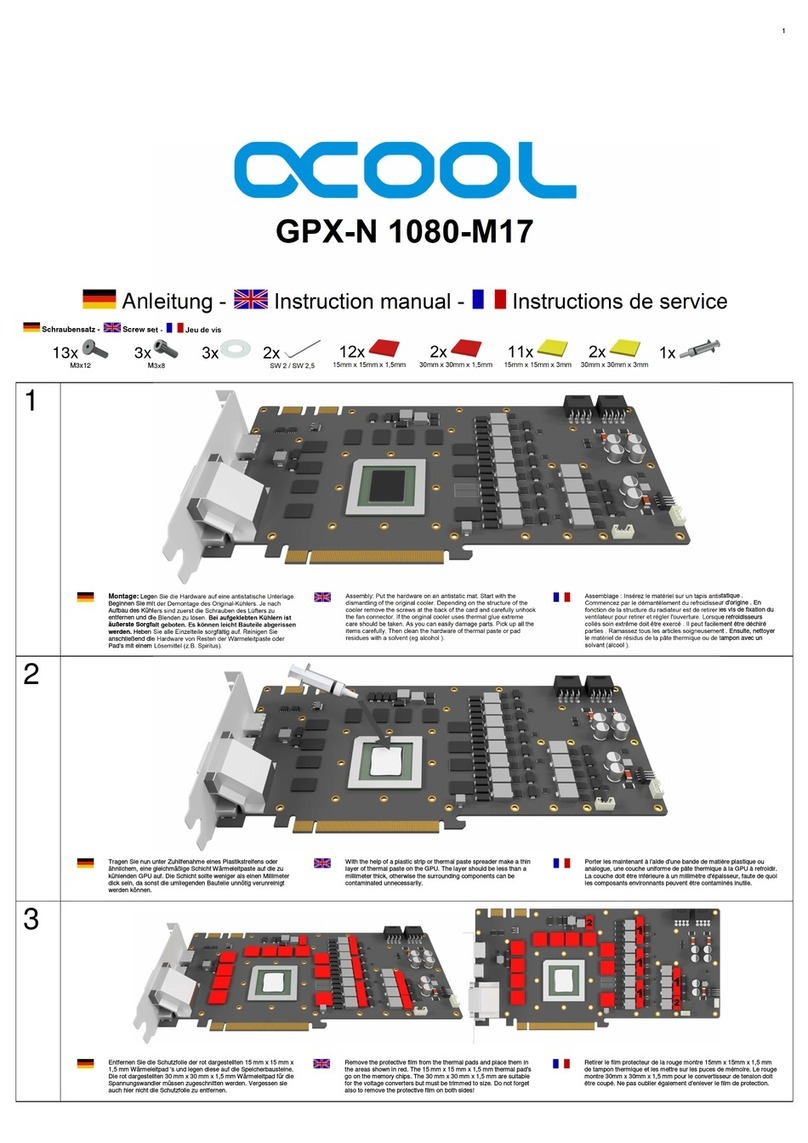
Alphacool
Alphacool GPX-N 1080-M17 instruction manual

B&B Electronics
B&B Electronics PCMCIA High Speed Serial Card CE 232HSPCC user manual
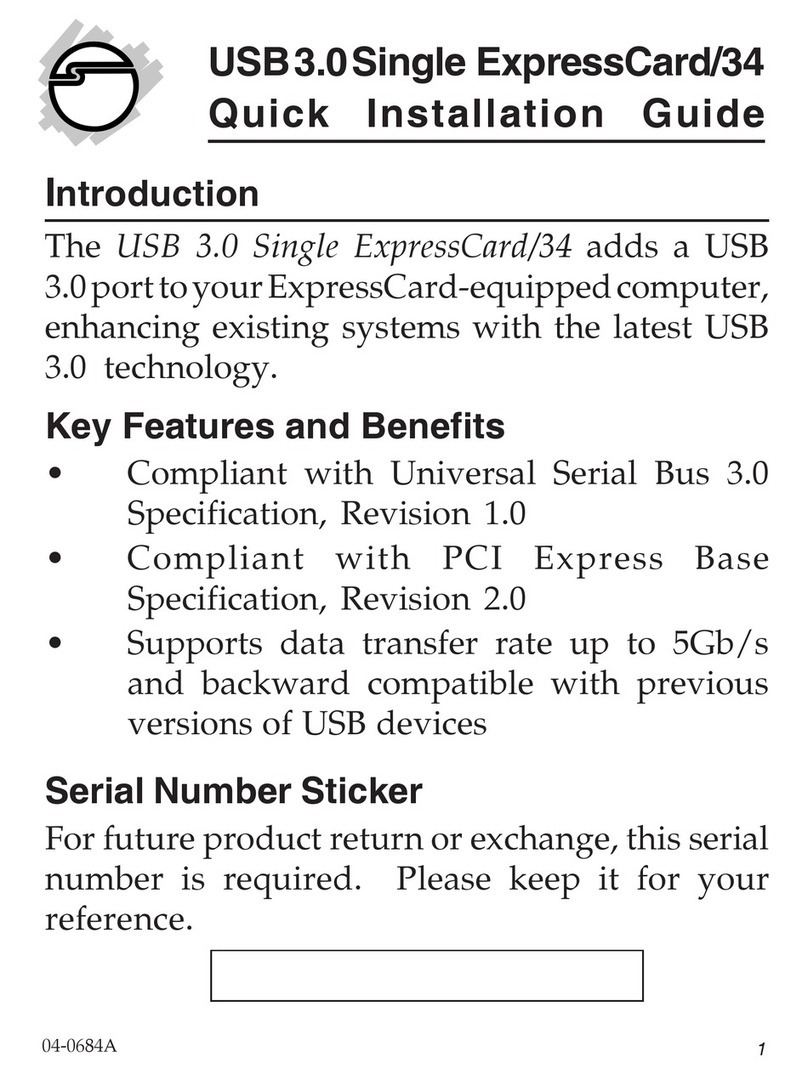
SIIG
SIIG FireWire 800 2-Port ExpressCard/34 Quick installation guide
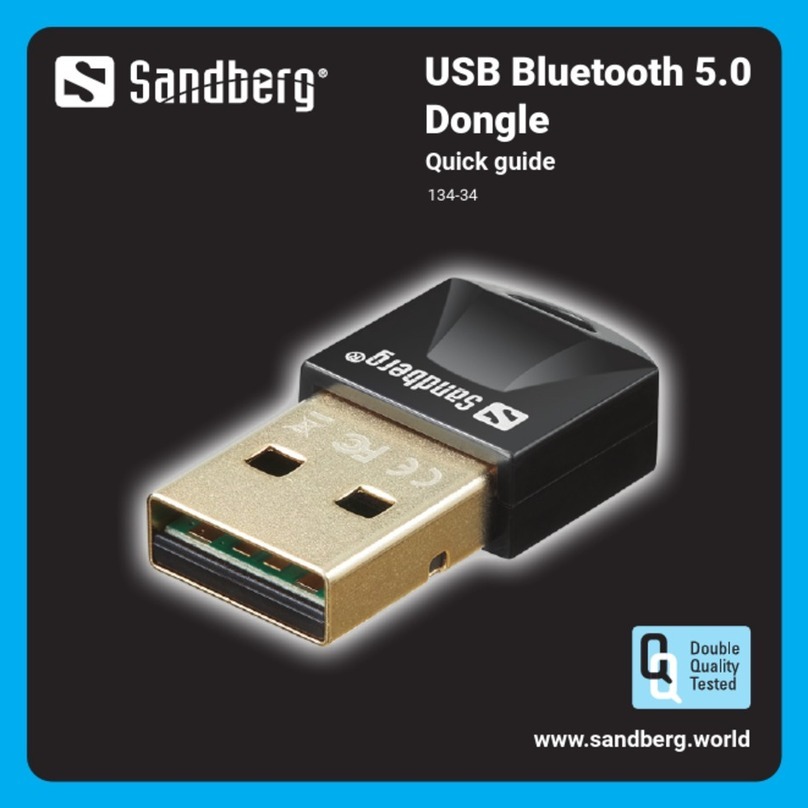
Sandberg
Sandberg 134-34 quick guide

